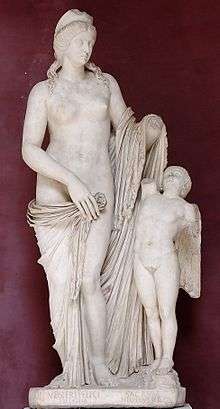225
| Millennium: | 1st millennium |
|---|---|
| Centuries: | 2nd century · 3rd century · 4th century |
| Decades: | 190s · 200s · 210s · 220s · 230s · 240s · 250s |
| Years: | 222 · 223 · 224 · 225 · 226 · 227 · 228 |
| 225 by topic | |
| Politics | |
| State leaders – Sovereign states | |
| Birth and death categories | |
| Births – Deaths | |
| Establishment and disestablishment categories | |
| Establishments – Disestablishments | |
| Gregorian calendar | 225 CCXXV |
| Ab urbe condita | 978 |
| Assyrian calendar | 4975 |
| Bengali calendar | −368 |
| Berber calendar | 1175 |
| Buddhist calendar | 769 |
| Burmese calendar | −413 |
| Byzantine calendar | 5733–5734 |
| Chinese calendar | 甲辰年 (Wood Dragon) 2921 or 2861 — to — 乙巳年 (Wood Snake) 2922 or 2862 |
| Coptic calendar | −59 – −58 |
| Discordian calendar | 1391 |
| Ethiopian calendar | 217–218 |
| Hebrew calendar | 3985–3986 |
| Hindu calendars | |
| - Vikram Samvat | 281–282 |
| - Shaka Samvat | 146–147 |
| - Kali Yuga | 3325–3326 |
| Holocene calendar | 10225 |
| Iranian calendar | 397 BP – 396 BP |
| Islamic calendar | 409 BH – 408 BH |
| Javanese calendar | 103–104 |
| Julian calendar | 225 CCXXV |
| Korean calendar | 2558 |
| Minguo calendar | 1687 before ROC 民前1687年 |
| Nanakshahi calendar | −1243 |
| Seleucid era | 536/537 AG |
| Thai solar calendar | 767–768 |
| Wikimedia Commons has media related to 225. |

Empress Sallustia Orbiana
Year 225 (CCXXV) was a common year starting on Saturday (link will display the full calendar) of the Julian calendar. At the time, it was known as the Year of the Consulship of Fuscus and Domitius (or, less frequently, year 978 Ab urbe condita). The denomination 225 for this year has been used since the early medieval period, when the Anno Domini calendar era became the prevalent method in Europe for naming years.
Events
By place
Roman Empire
- Emperor Alexander Severus marries Sallustia Orbiana, and possibly raises her father Seius Sallustius to the rank of caesar.
By topic
Arts and Science
Births
- January 20 – Gordian III, Roman emperor (d. 244)
- Trieu Thi Trinh, Vietnamese female warrior (d. 248)
- Zhong Hui, helped bring the end of the Kingdom of Shu, along with Deng Ai (d. 264)
Deaths
- Xiahou Shang, general of Cao Wei
- Yong Kai, prefect of Jianning
References
This article is issued from Wikipedia - version of the 6/1/2016. The text is available under the Creative Commons Attribution/Share Alike but additional terms may apply for the media files.